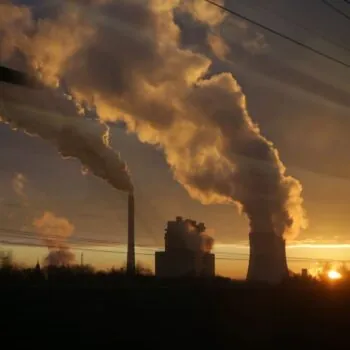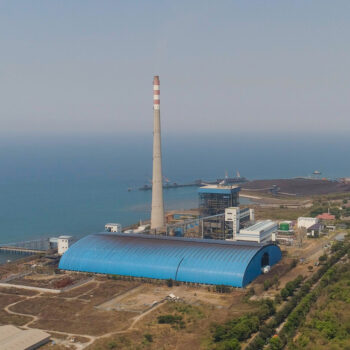All fossil fuels must peak immediately and start to decline this decade. Coal, the dirtiest fossil fuel, is the single largest source of carbon emissions and a major contributor to air pollution that takes a devastating toll on public health.
COP28 will see global efforts to accelerate away from fossil fuels and into clean energy. Tripling installed renewable energy capacity, doubling energy efficiency, and the phasing out of all fossil fuels are all being proposed. Continued progress on coal increases the chances that governments will also consider specific commitments to an immediate end to new coal power at COP28.
What we need to see on coal at COP28
The Glasgow Climate Pact marked historic progress as the first time the UNFCCC process had explicitly called upon parties to reduce fossil fuels through “accelerating efforts towards the phasedown of unabated coal power”. However, this year’s Global Stocktake (GST) demonstrated the need for countries to embark on a “major course correction” on climate action.
As COP28 begins, leading governments have called for a text that explicitly recognises the importance of exiting coal. Negotiators must harness this momentum to push for coal language that strengthens previous COP commitments and reflects the repeated recommendations from the IEA and IPCC, that:
- no new unabated coal power stations should enter construction; and
- coal power must be phased out not down, by 2030 in the world’s richest countries, and by 2040 everywhere else.
Progress on coal is a crucial companion to clean energy commitments
Global targets on tripling renewables and doubling energy efficiency will play a vital role in replacing fossil fuel use, but alone they are unlikely to rapidly reduce coal power. Indeed, most of the increased capacity from tripling renewables is projected to cover electrification in the economy, rather than displacing fossil fuels. As the IEA Executive Director Fatih Birol has said, a target on renewable energy alone is “far from enough” to keep the 1.5°C goal within reach.
A coal exit must happen alongside renewable energy deployment and energy efficiency efforts if we are to avoid catastrophic climate change. Explicit COP28 commitments on coal would reflect this shift from the assumed displacement of coal by renewables, to an active and managed transition.
COP commitments reflect real-world trends
COPs are both a signal-setting exercise, and a reflection of real-world progress. Countries were able to support the unprecedented COP26 language on the “phasedown of unabated coal power” because it reflected a real-world economic trend away from coal power.
Two years on, the shift away from coal power has continued, creating an opportunity for further progress on coal at COP28. Governments and international bodies have recognised coal’s decline, with investments in clean energy far outstripping those flowing to fossil fuels, and in particular coal.
The scale of proposed new coal power projects outside China stands at around 100 GW, down from 600 GW in 2015, with most planned coal projects concentrated in just a handful of countries. It’s no coincidence that the UN Secretary General, Antonio Guterres, the IEA, the US, the European Commission and the G7 have all called for an end to new coal plants. Calls for ‘No New Coal’ are growing not just because it’s essential for the climate, but because it is feasible.
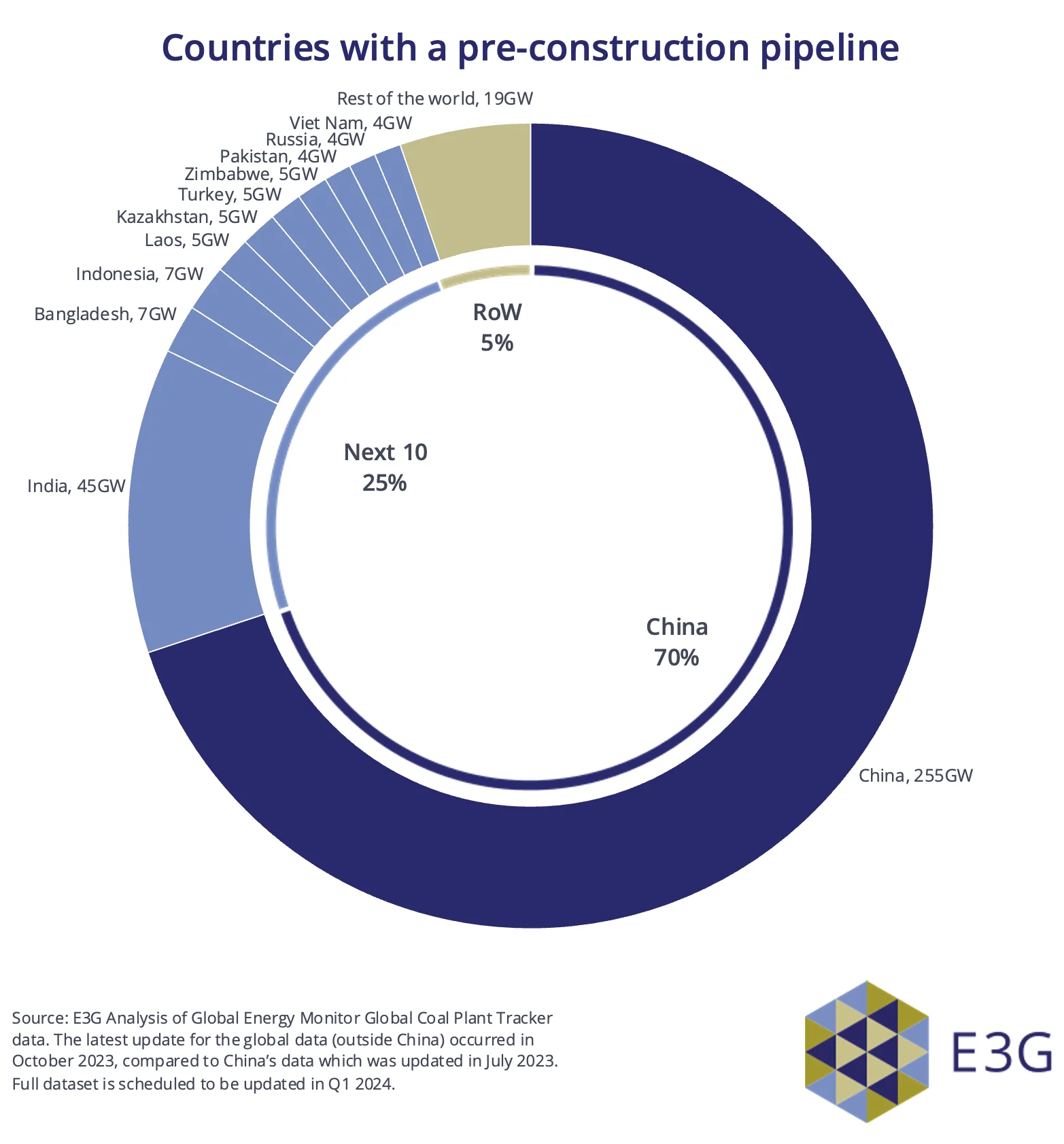
As shown above, China is home to 70%+ of the world’s proposed new coal power capacity, and growing. China’s detour puts the entire global coal transition at risk. Governments should keep pressing China to deliver on President Xi’s previous pledges to “strictly control” new coal plant approvals, phase down coal consumption, and end public financing of overseas coal projects.
Beyond China, only India is also aiming to substantially increase its coal power capacity. Across the rest of the world, there are just 31 other countries still considering proposals for new coal plants, with 13 countries home to only one remaining project. Countries still considering new coal are now in a massive minority across all negotiating blocs, even the G77 and China.
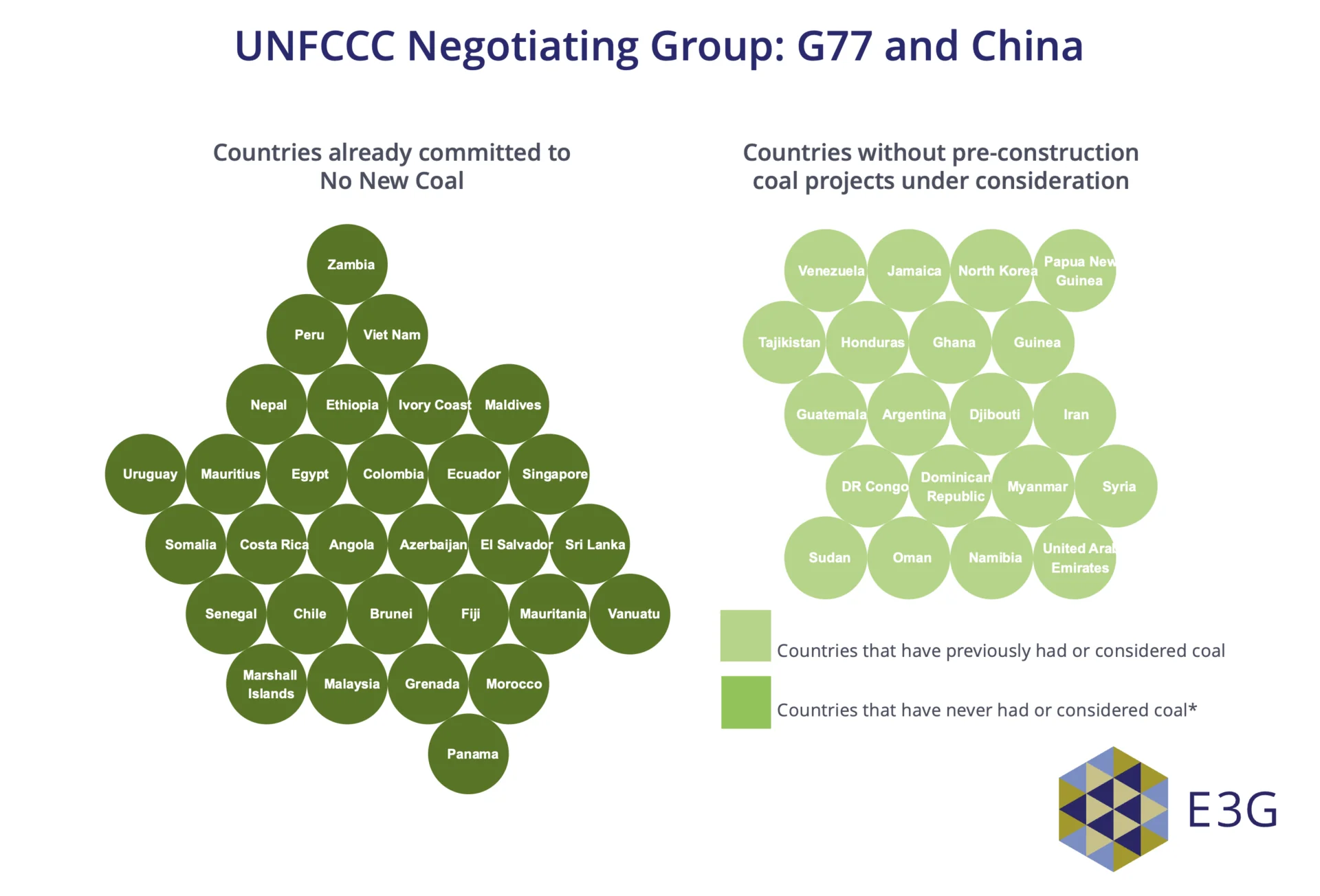
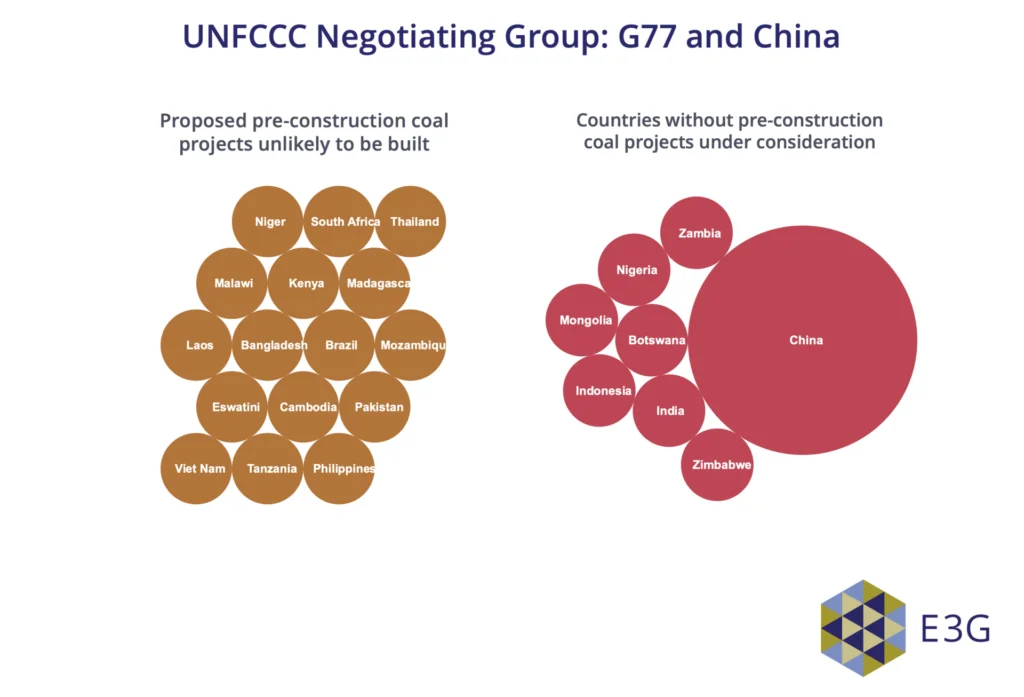
As the urgency to address climate change grows, it’s clear the world must move faster to phase out coal as a first proof point that fossil fuel phase out is possible. Strengthened coal commitments at COP28 would further signal coal’s demise and set the stage for a decisive move towards a coal-free, and liveable future.

